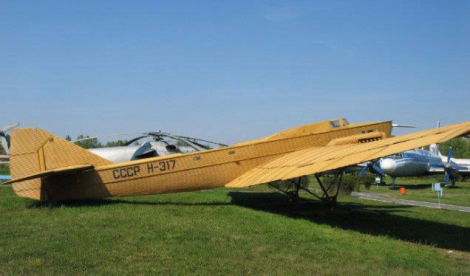Welcome to This Date in Aviation History, getting of you caught up on milestones, important historical events and people in aviation from November 23 through November 26.

November 24, 1947 – The first flight of the Grumman F9F Panther. The turbojet engine first appeared over the battlefield of WWII powering the Messerschmitt Me 262, and the British soon followed with the Gloster Meteor. America’s first operational jet fighter, the rather disappointing Bell P-59 Airacomet, took its maiden flight in 1942, but never made it into battle. The jet engine was clearly the future of aviation, and the US Navy fielded its first jet fighter with the Vought F6U Pirate, an abysmally underpowered and underperforming fighter that turned out to be an unqualified failure. Grumman, which had provided some of the best naval aircraft of the war, set their sights on a jet-powered carrier plane with a four-engine night fighter, the G-75, but ultimately lost out to the Douglas F3D Skynight. So, Grumman abandoned their early attempts and focused instead on an entirely new, single-engine day fighter that received the internal designation G-79.
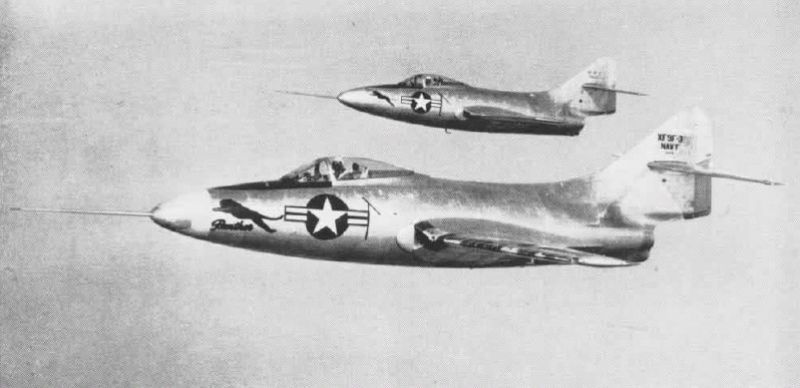
The new fighter, now designated XF9F by the Navy and given the nickname Panther following Grumman’s custom of naming its fighters after cats, had straight wings like other early jets of its era. The engine was fed by air intakes in the wing roots. Since early attempts at jet engine manufacturing in the US were not producing sufficiently powerful engines, the Panther was equipped with a Rolls-Royce Nene turbojet built under license in the US by Pratt & Whitney and given the US designation J42. In a nod to the short range of the early, thirsty jet engines, permanent wingtip fuel tanks were added to the prototype to increase fuel capacity. This addiction also had the serendipitous benefit of increasing the Panther’s roll rate. Though still under development, the Panther was cleared for carrier operations on September 1949, and the decision was made to replace the original J42 with a more powerful Pratt & Whitney J48, another license-built Rolls-Royce engine based on the RB.44 Tay.
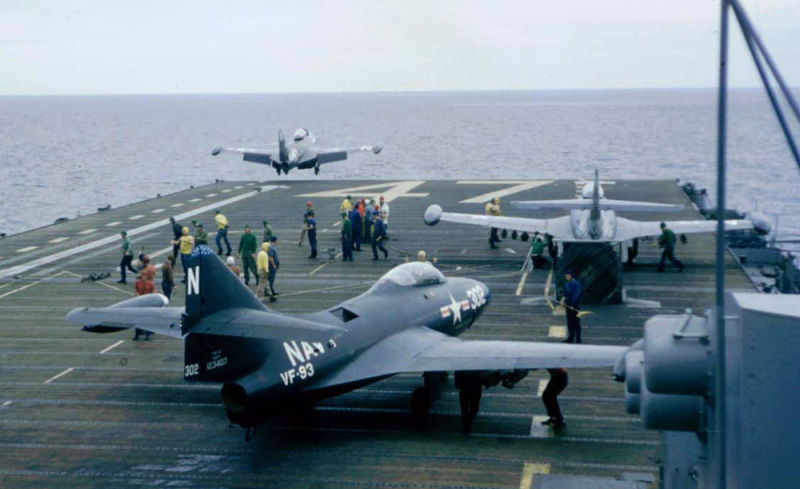
Armed with four 20mm cannons and hardpoints for 2,000 pounds of bombs or rockets, the Panther entered service with the US Navy and Marine Corps during the Korean War and became the most widely used Navy fighter and ground attack aircraft of the war. Over the course of the conflict, Panthers flew more than 78,000 sorties and scored the Navy’s first air-to-air victory of the war when a Panther downed a North Korean Yakovlev Yak-9 piston-engined fighter. But the straight winged Panther proved no match for the swept-wing Mikoyan-Gurevich MiG-15 fighter, so Grumman developed a swept-wing variant of the Panther which was known as the Cougar, though it shared the F9F (later F-9) designation. From 1949-1955, the F9F served as the first jet aircraft to be flown by the US Navy Blue Angels demonstration squadron, and nearly 1,400 Panthers were produced for the Navy and US Marine Corps, as well as an export version that was sold to the Argentine Navy. The US Panthers were retired in 1958, but the Argentine fighters served until 1969.
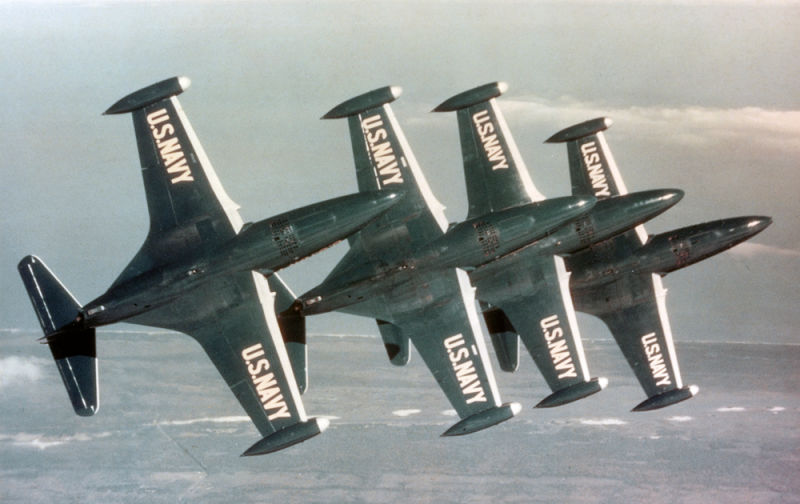

November 25, 1940 – The first flight of the de Havilland Mosquito. Founded Geoffrey de Havilland in 1920, the de Havilland Aircraft Company quickly made a name for itself with the development of innovative and advanced aircraft of all types. By the 1930s, the world’s fascination with air racing reached a fever pitch, and the MacRobertson Air Race from England, to Australia, billed as the world’s greatest air race, presented an opportunity for de Havilland to showcase their knack for building light yet powerful aircraft. To save weight, their entry, the DH.88 Comet, featured a wooden frame covered with spruce plywood, and the team of Comet pilots were the outright winners of the race with an elapsed time of just 71 hours. De Havilland further refined their wood-working skills with the DH.91 Albatross, a four-engine passenger plane with a pioneering monocoque fuselage constructed from a sandwich of two pieces of plywood encasing a layer of balsa wood. This construction resulted in a very strong, yet very light, aircraft.
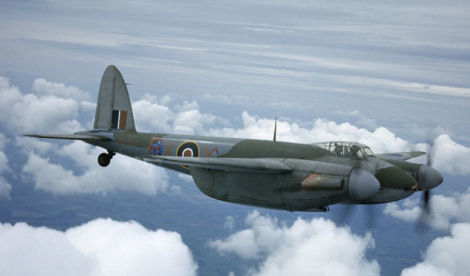
In 1936, the British Air Ministry issued Specification P.13/36 calling for a twin-engine medium bomber that could carry 3,000 pounds of bombs, and aircraft designers replied with traditional heavy bombers such as the Avro Manchester and Handley Page Halifax. But de Havilland believed that a lightweight, simple design could carry the same load at even higher speeds, perhaps even outpacing modern fighter planes. The idea was similar to the German Schnellbomber concept, which proposed that fast medium bombers would be capable of outrunning enemy fighters and would not need defensive armament or extra crewmen.
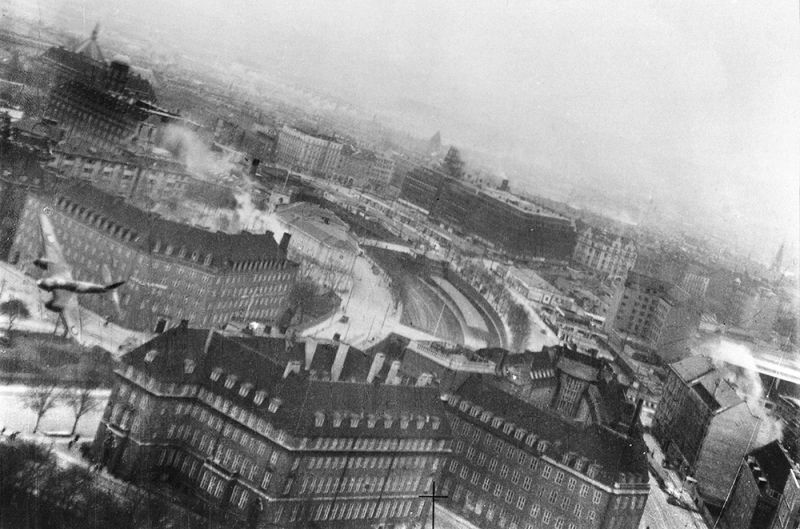
Drawing on its previous experience with the Comet and Albatross, de Havilland made their new bomber out of wood, which provided a strength to weight ratio that was as good as Duralumin or steel, and also preserved scarce metals in a time of war. They also followed their design ethos of mating the most powerful engine possible with the lightest airframe possible. Powered by a pair of Rolls-Royce Merlin engines, the Mosquito made its first flight just 11 months after detailed design work began, and further tests proved that the “Mossie” was indeed as fast as promised. Its top speed of 392 mph outpaced the Supermarine Spitfire Mk II by 3o mph, though it was twice as heavy and twice as big, and was one of the fastest aircraft in the world at the time.
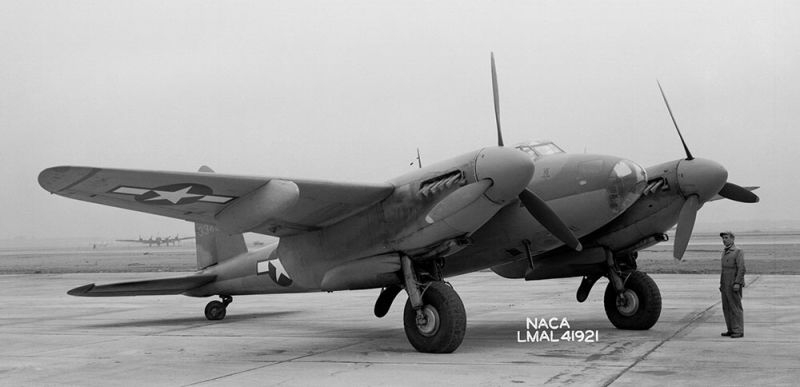
Even though the Mosquito showed promise, and certainly lived up to its billing as a fast bomber, some in the RAF were hesitant to accept such a radical aircraft. So the Mosquito was initially adopted for reconnaissance missions to test its mettle, then developed into a high-speed fighter with the addition of forward-firing armament. Ultimately, the Mosquito proved to be a jack of all trades for the RAF, fulfilling the roles of reconnaissance, bomber, fighter, night fighter, trainer, torpedo bomber and target tug. The “Wooden Wonder” ended the war with the lowest loss rate of any aircraft in the RAF Bomber Command. Over 7,700 were built before production ended in 1950, including over 1,100 in Canada. Forty Canadian-built reconnaissance Mosquitos were flown by the US Army as the F-8, and Mosquitos of all types served the air forces of 21 countries. The Luftwaffe was so impressed with the British Schnellbomber that they named their own all-wood Focke-Wulf Ta 154 the Moskito, perhaps in homage to the brilliant de Havilland design.
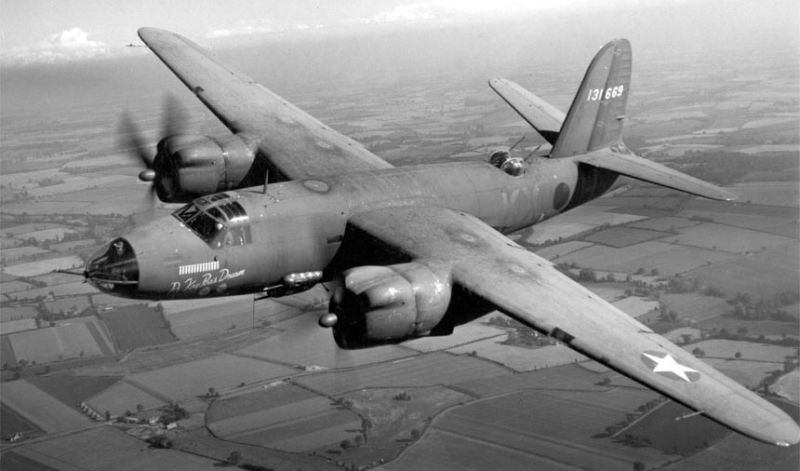
November 25, 1940 – The first flight of the Martin B-26 Marauder. During World War II, large, four-engine strategic bombers such as the Boeing B-17 Flying Fortress and Boeing B-29 Superfortress ranged the skies over Europe and the Pacific, dropping huge loads of bombs on both civilian and military targets. But not all missions required the biggest bomb load possible, and there remained a need for a smaller, twin-engine tactical bomber that could attack targets at lower levels and with greater accuracy. Two years before the US entered WWII, the USAAF issued Circular Proposal 39-640 that called for a new high-speed, twin-engine bomber with a top speed of 350 mph that could carry up to 2,000 pounds of bombs at a range of 3,000 miles. In July of that year, the Glenn L. Martin Company proposed their Model 179 to fulfill that requirement, and, with all out war looming, the USAAF ordered 201 aircraft off the drawing board before any prototype flew. In 1940, an additional 930 Marauders were ordered, still before the first aircraft ever left the ground.

Like the other medium bombers of the era, the B-26 featured a shoulder-mounted wing with two engines slung underneath, in this case Pratt & Whitney R-2800 Double Wasp 18-cylinder radial engines. the Marauder was manned by a crew of seven: two pilots, bombardier, navigator, and three defensive gunners. The first production Marauder served as the flying prototype, and soon after the new bomber entered service it became clear that the emphasis on speed had an unfortunate side effect for the pilots. The relatively small wing, which was designed for high-speed performance, also created particularly high wing loading, which resulted in higher landing speeds than many pilots had experienced in training or in other similar aircraft. Inexperienced pilots, particularly trainees, discovered that if they dropped under 120-135 mph on landing, depending on the weight of the aircraft, the Marauder would stall and crash. The bomber gained the nickname “Widowmaker,” and pilots training in Florida began to chant, “One a day in Tampa Bay.” Other structural issues beset the early Marauders, and many pilots believed that the bomber could not be flown on one engine, until more experienced pilots, including Jimmy Doolittle, proved that it could be flown safely.
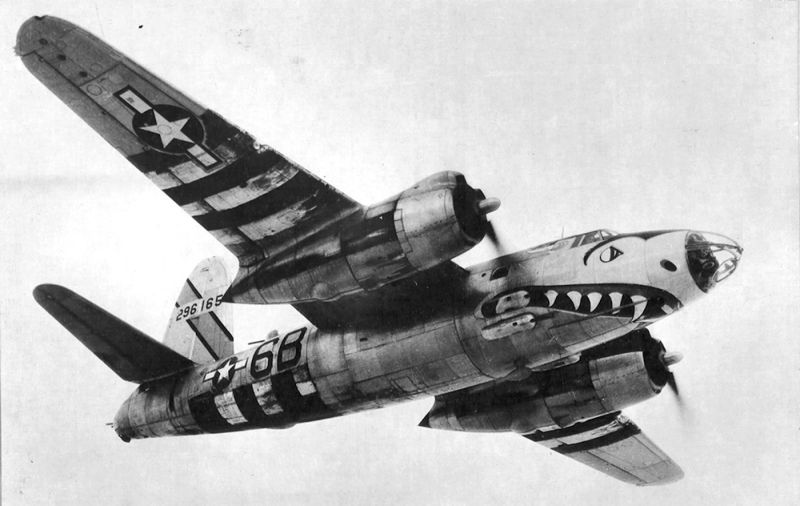
Even when these difficulties were solved, including a redesign of the wing, the B-26 remained a demanding aircraft to fly, but it ended the war with the lowest combat loss rate of any US aircraft. The Marauder first saw action in the Pacific Theater in 1942, though the bulk of B-26 missions were flown over Europe and the Mediterranean. The US Army Air Forces calling the Marauder “the chief bombardment weapon on the Western Front” and, by the close of WWII, Marauders had flown more than 110,000 sorties and accounted for more than 150,000 tons of bombs dropped while serving with the US, Britain, Free France and South Africa. Production ended in 1945 after more than 5,200 Marauders had been built, and the type was retired by 1947.
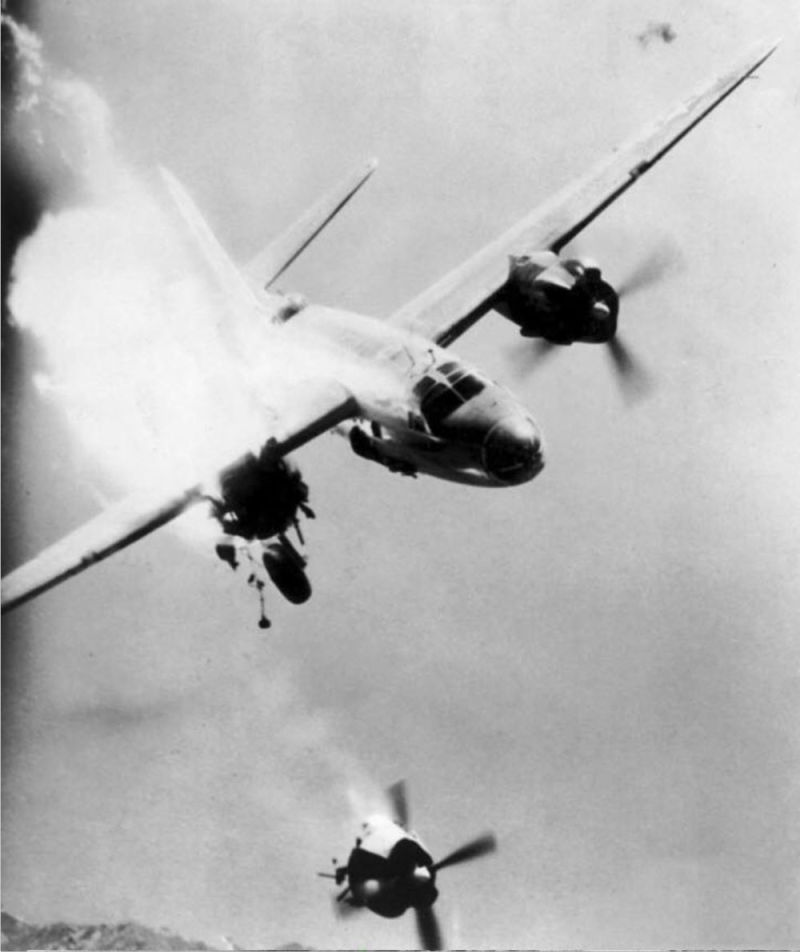
Short Takeoff
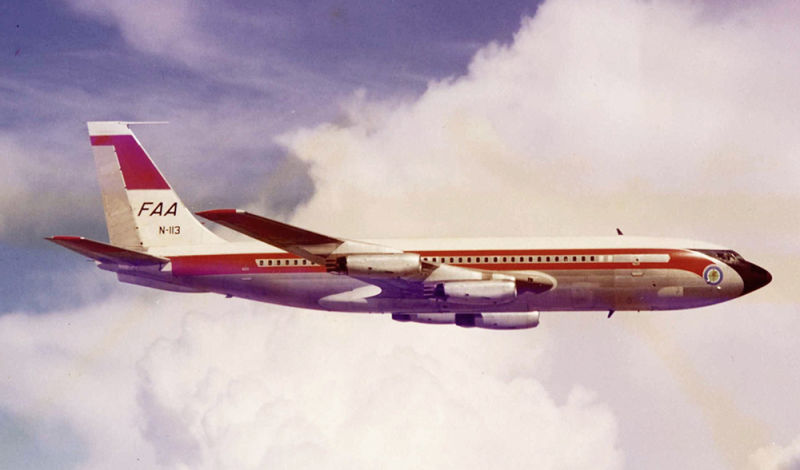
November 23, 1959 – The first flight of the Boeing 720, a short- to medium-range airliner developed from the successful Boeing 707. Launched in 1960 with United Airlines, the 720 was smaller than its predecessor and carried fewer passengers, but was developed to operate from shorter runways at airports that were inaccessible to the larger 707. The 720 became a popular charter aircraft, famously for the British band Led Zeppelin, who named their 720 The Starship. A follow-on variant of the 720, the 720B, replaced the original Pratt & Whitney JT3C turbojet engines with Pratt & Whitney JT3D turbofan engines, and the 720 was eventually superseded by the Boeing 727 and 737.
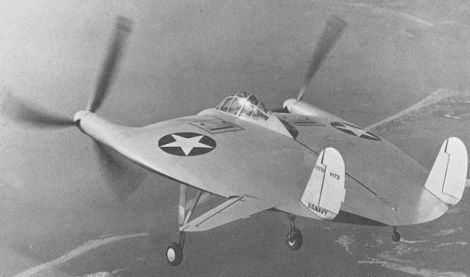
November 23, 1942 – The first flight of the Vought V-173. Nicknamed the “Flying Pancake” for obvious reasons, the V-173 was a developmental proof of concept aircraft to create a new fighter for the US Navy that would take advantage of the unorthodox aircraft’s low aspect ratio wing and provide lower take off and landing speeds while preserving maneuverability at high speeds. The V-173 was eventually developed into the all-metal XF5U and, while the design promised excellent performance, the XF5U came at a time when the Navy was transitioning to jet aircraft (it shares a maiden flight date with the Grumman F9F Panther) and the program was canceled by 1947.
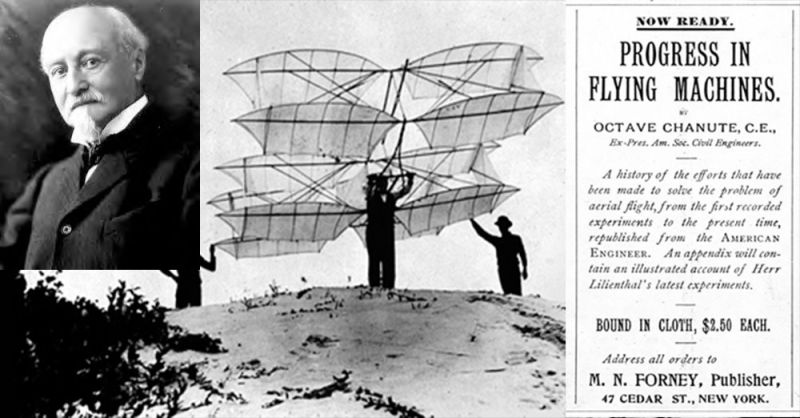
November 23, 1910 – The death of Octave Chanute. Chanute was born in Paris on February 18, 1832 and emigrated to the US when he was six years old. He became a civil engineer and did the majority of his work building railroad bridges in the Midwest. After retiring from civil engineering, Chanute turned his interests to aviation and began compiling all the information he could find about flight attempts from all around the world. He began to work with early pioneers of glider flight, and eventually came in contact with the Wright brothers in 1900, where his work heavily influenced the brothers in their quest to build a flying machine. Chanute shared his findings freely, but chafed at the Wrights’ refusal to share any of their discoveries with the world. However, he continued to give them advice and helped publicize their achievements. Despite the failure of his own flying machines, Chanute’s work to promote aviation has led some to consider him the father of heavier-than-air flight. The former Chanute Air Force Base in Illinois was named in his honor.
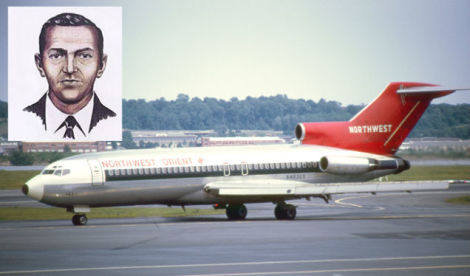
November 24, 1971 – The hijacking of Northwest Orient Airlines Flight 305, a regularly scheduled flight between Portland, Oregon and Seattle, Washington. The suspected hijacker, Dan Cooper, who has since come to be known as D.B. Cooper, claimed to have a bomb and demanded that $200,000 and four parachutes be given to him when the flight reached Seattle. After the Boeing 727 (N467US) landed, the passengers were released and officials met Cooper’s demands. The refueled airliner took off and Cooper ordered the crew to fly to Mexico City. Once in the air, Cooperopened the rear stairway of the aircraft, parachuted out, and was never seen again. Authorities believe Cooper perished in the jump, but neither his body nor the money was ever found. The case remains the only unsolved act of air piracy in American aviation history.
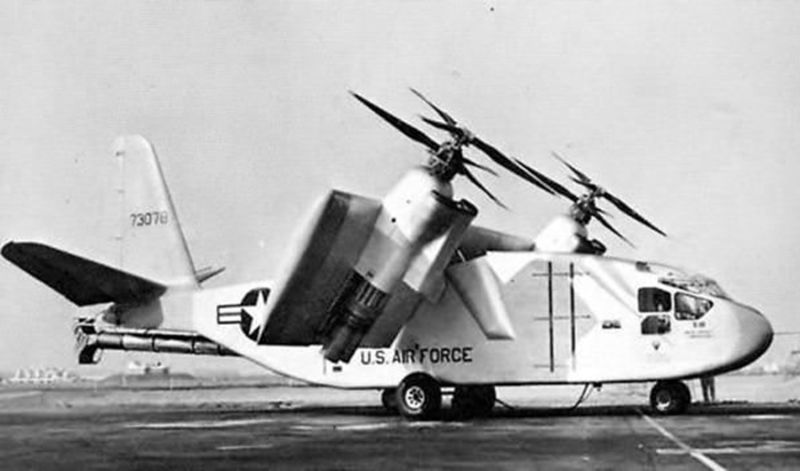
November 24, 1959 – The first flight of the Hiller X-18, a vertical/short takeoff and landing (V/STOL) aircraft and the first to be designed with a tilting wing. The Hiller Aircraft Corporation was founded in 1942 and worked primarily with helicopters before taking on the V/STOL X-18. In an effort to shorten development time, the X-18 was built from parts scavenged from other aircraft, with the fuselage coming from the unsuccessful Chase YC-122C Avitruc transport and the turboprop engines from the Lockheed XFV and Convair XFY. For takeoff, the wing tilted upward, and ducted engine exhaust at the tail controlled pitch. Test pilots carried out a total of 20 test flights, but problems with control plagued the aircraft. However, useful information from the program, particularly the need to cross-link the engines should one fail in hover, was used in the development of the LTV XC-142 tiltwing.
November 24, 1955 – The first flight of the Fairchild F-27, a turboprop airliner developed from the Fokker F27 Friendship. The program began in Holland with the Fokker P275, and was eventually built in the US by Fairchild as the F-27. With capacity for up to 40 passengers, the first F-27s entered service with West Coast Airlines in 1958, and the airliner was soon flying for a host of American carriers along with airlines of eight other countries. The upgraded F-27B received more powerful engines, and Fairchild developed a stretched version, known as the FH-228, which increased seating capacity to 56 passengers and added a cargo compartment between the cockpit and passenger cabin. A total of 128 F-27s were produced, along with 78 FH-227s. As of 2010, only one remained in active service with the Myanmar Air Force.
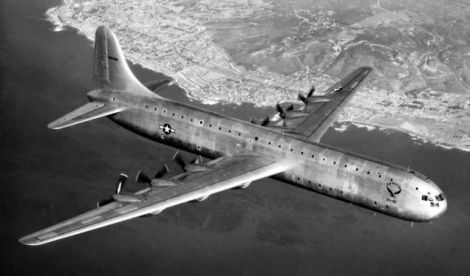
November 24, 1947 – The first flight of the Convair XC-99, a double-deck transport aircraft built for the US Air Force and the largest piston-powered land-based aircraft ever built. Developed from the Convair B-36 Peacemaker, the XC-99 was designed to carry 100,000 pounds of cargo or 400 fully equipped troops over 8,000 miles. A civilian airliner version, the Model 37, was planned but never developed. Introduced in 1949, only one XC-99 was built, and it was retired in 1957 after eight years of service. Today, the aircraft is part of the collection of the National Museum of the United States Air Force, where it awaits restoration.
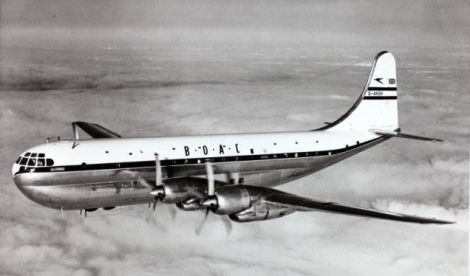
November 24, 1939 – British Overseas Airways Corporation is formed. State-owned British Overseas Airways Corporation (BOAC) was created by an Act of Parliament in 1939 with the merger of Imperial Airways and British Airways Ltd. The new company started operations on April 1, 1940 and provided vital transport and logistical support to the far flung British Colonies during WWII. After the war, BOAC continued to operate flying boats until 1950, and was the first airline to introduce jet aircraft in May 1952 with the de Havilland Comet. BOAC was eventually merged with British European Airways (BEA) in 1974, and ceased to be an independent organization when it was merged with British Airways on March 31, 1974. Had the final merger not taken place, BOAC would have been one of the airlines operating the Concorde supersonic transport.

November 25, 1961 – USS Enterprise is commissioned. USS Enterprise (CVN 65) was the eighth US Naval vessel to bear the name and the world’s first nuclear-powered aircraft carrier. Ordered on November 15, 1957, Enterprise was built at Newport News Shipbuilding in Virginia and still holds the record as the longest naval vessel in the world. After her maiden voyage in 1960, Enterprise saw action during the Cuban Missile Crisis and the Vietnam War, as well as the Iraq War. After more than 50 years of service, Enterprise was deactivated on December 1, 2012 and struck from the Naval Vessel Register on February 3, 2017. Despite its historic status, Enterprise now awaits scrapping and recycling. The next Gerald R. Ford-class carrier, CVN 80, will be the ninth US Navy ship to be christened Enterprise.
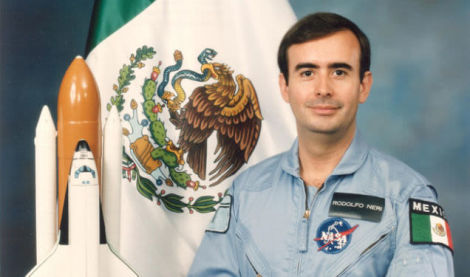
November 26, 1985 – The launch of Space Shuttle Atlantis on STS-61-B carrying Rodolfo Neri Vela, the first astronaut from Mexico. Vela, a professor in the Telecommunications Department in the Electrical Engineering Division at the National Autonomous University of Mexico, flew on board Atlantis as a Payload Specialist and helped to launch three communications satellites He also carried out various scientific experiments, including special experiments for the Mexican government. Vela, the second Latin-American astronaut (after Cuban Arnaldo Tamayo Méndez), logged over 165 hours in space and completed 108 orbits of the Earth.
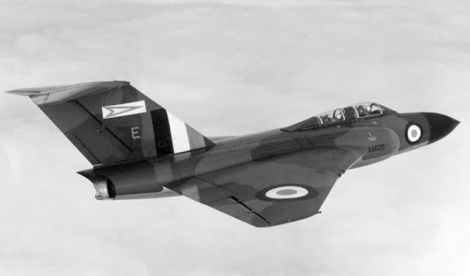
November 26, 1951 – The first flight of the Gloster Javelin, a twin-engine, delta-wing interceptor and night fighter. It was also the first purpose-built, all-weather interceptor developed for the RAF, and the last in the Gloster Aircraft Company line of jets that began with the Meteor, Britain’s first operational jet fighter. The subsonic Javelin served the Royal Air Force from the mid-1950s through the 1960s, and was eventually replaced by the supersonic English Electric Lightning, though the two served together for much of the Javelin’s operational career. While the Javelin never saw any actual combat, it did serve in a number of global hot spots during its career, and was retired in 1968 after the construction of 436 aircraft.
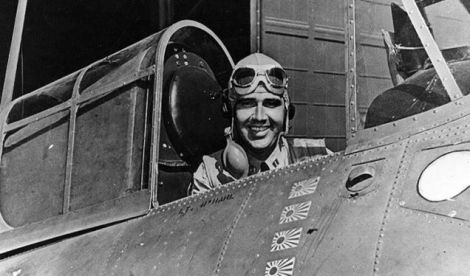
November 26, 1943 – The death of Edward Henry “Butch” O’Hare, a US Navy fighter pilot during WWII and the Navy’s first fighter ace of the war. On February 20, 1942, O’Hare found himself alone and facing nine Japanese bombers attacking his carrier. With limited ammunition, O’Hare flew his Grumman F4F Wildcat at the enemy, destroying five of the bombers and damaging a sixth. O’Hare was awarded the Congressional Medal of Honor, which recognized his actions as “one of the most daring, if not the most daring, single action in the history of combat aviation.” While leading the first-ever nighttime fighter mission launched from a carrier, O’Hare’s Grumman F6F Hellcat was shot down over the island of Tarawa. Neither he nor his fighter were ever found. The Navy destroyer USS O’Hare (DD-889) was named in his honor, as was Chicago’s O’Hare International Airport.
November 26, 1925 – The first flight of the Tupolev TB-1, a large, twin-engine bomber developed by Andrei Tupolev for the Soviet Air Force. The Soviet Union’s first large, all-metal aircraft, the TB-1 employed a corrugated Duralumin skin originally pioneered by Hugo Junkers, and was so large that a wall of the factory had to be knocked down to get it out. Powered by a pair of Mikulin M-17 liquid-cooled V-12 engines (license-built BMW VI), the TB-1 had a top speed of 111 mph and could carry 2,205 pounds of bombs. Following a 13,194 mile promotional flight from Moscow to New York, the TB-1 entered service as the Soviet Union’s standard heavy bomber, and was fitted with either traditional landing gear or floats. A total of 218 were built, and the TB-1 was eventually replaced by the still larger Tupolev TB-3.
Connecting Flights
If you enjoy these Aviation History posts, please let me know in the comments. And if you missed any of the past articles, you can find them all at Planelopnik History. You can also find more stories about aviation, aviators and airplane oddities at Wingspan.

